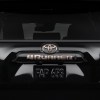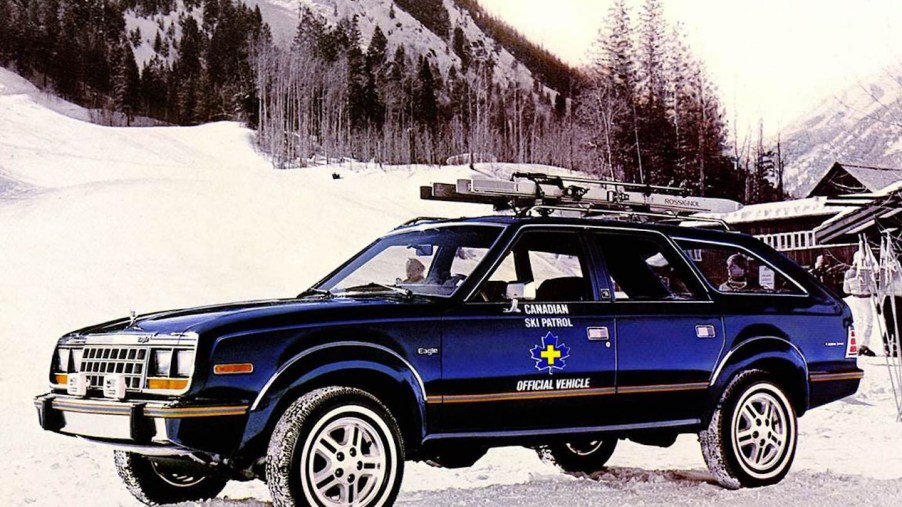
Can We Agree This Was the First American Crossover SUV?
American Motors Corporation (AMC) was not known for innovating much. That’s not a dig, but just how it was for America’s fourth-largest automaker. But one area where AMC could get credit is for its lifted, all-wheel-drive Hornet Eagle Wagon from the 1980s. It wasn’t as glorious as it might sound, but it had to be the first production crossover ever.
Was the AMC Eagle the first crossover?
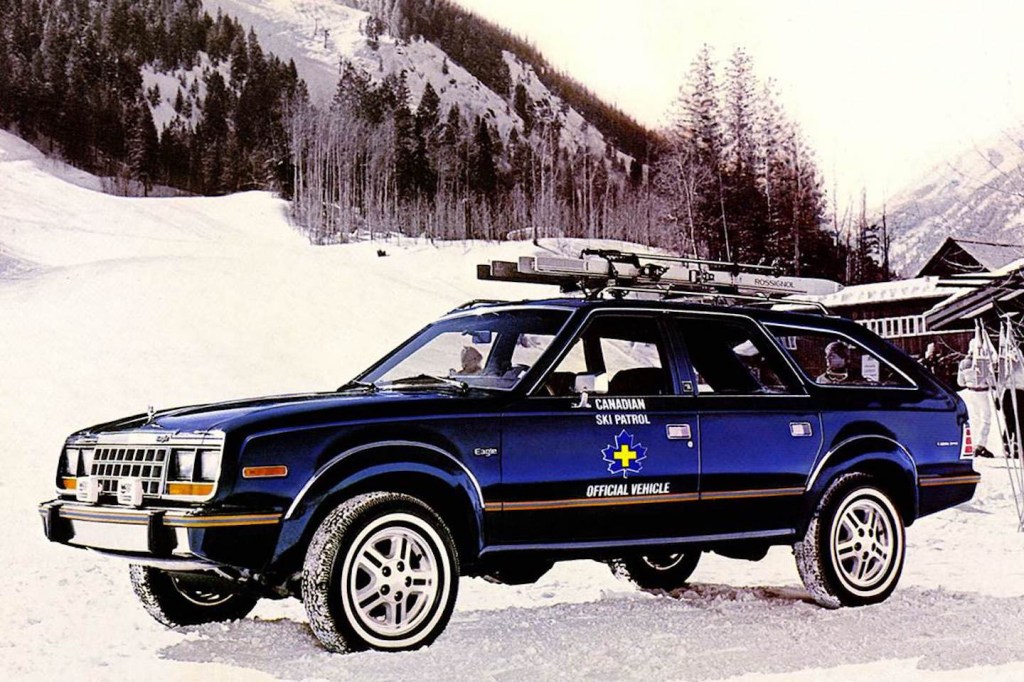
While you might think that the Subaru Outback is a clever way of turning a station wagon into an SUV, it was done before. Back in 1980 AMC took its lowly Hornet station wagon, lifted the suspension, gave it a Jeep four-wheel-drive transaxle, and turned it into the AMC Eagle.
The company was financially on thin ice, so it had to make do with what it had while continuing to puke out new vehicles. Its Hornet line, which included a two-door and four-door sedan, and a station wagon, was already looking dated. And it should have, as it debuted in 1970. But AMC had no tooling budget to do much to spice up the Hornet line. Or did it?
The Eagle was a product of a financially strapped AMC
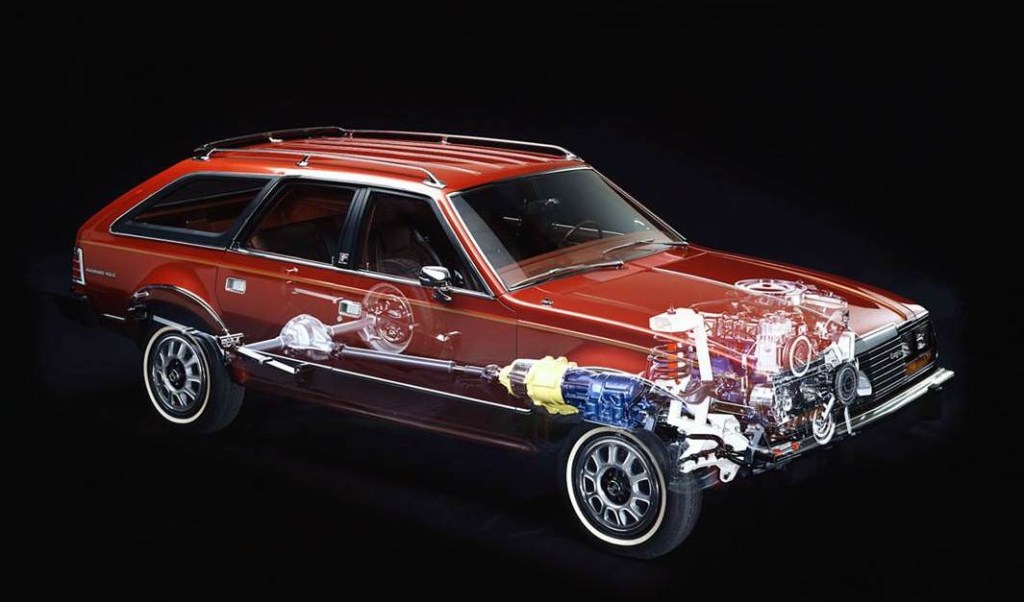
By the mid-1970s, Chief Engineer Roy Lund started playing with converting a Jeep 4×4 driveline into a full-time all-wheel-drive system. Then the engineering department stabbed the unit into a Hornet sedan for testing. This is in spite of the Hornet being a unibody and not body-on-frame architecture.
AMC called its line of Hornet all-wheel-drive unicorns “Eagle,” and thus was born the first crossover SUVs by an American automaker. And all for the relatively cheap price of $6.5 million for added production costs. This was no off-road animal, but for the northern climes or mountainous excursions, it sure beat a rear-wheel-drive sedan/truck/whatever.
What year did America’s first crossover debut?
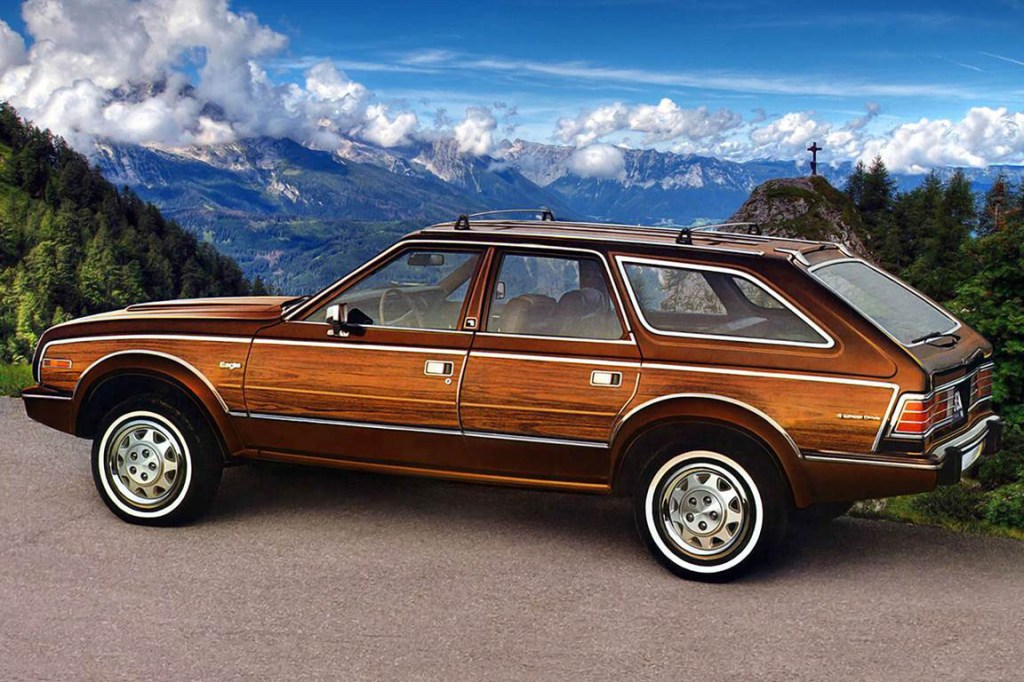
The AMC Eagle was introduced in 1980. While not creating lines to buy it, over 45,000 found buyers that first year. Keep in mind that the base price for a 1980 4×4 Jeep Wagoneer was $9,732. The base price for an Eagle was $7,700. Many were willing to overlook the advantages of a Wagoneer for the practicality and price of an Eagle wagon or sedan.
All Eagles cam with AMC’s ubiquitous 4.2-liter straight-six engine. In those days of strangling emissions equipment, 112 hp was the best this old powerplant could crank out. Three-speed automatics were also standard, with a solid rear axle and independent suspension in front. Many were built with the optional fake wood paneling.
Enter Renault
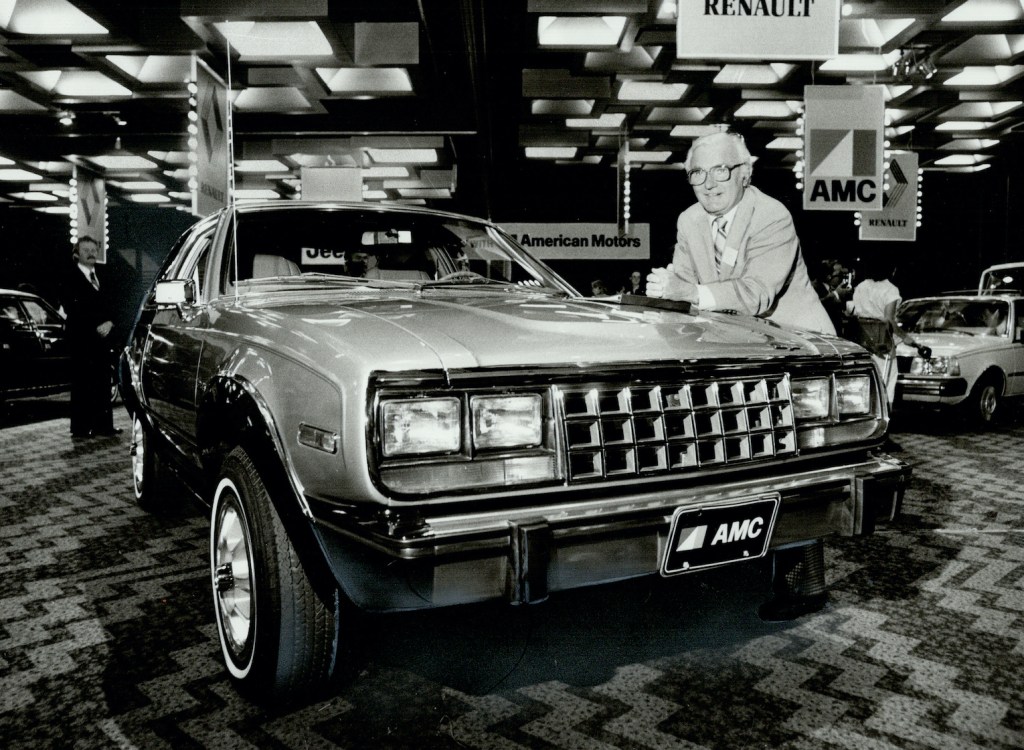
For 1981, AMC borrowed GM’s four-banger and hooked it to a manual transmission. Part-time four-wheel-drive also became an option, becoming standard in 1982. But new parent Renault had bigger plans, just not for the Eagle.
When Renault took a controlling interest in AMC in the early 1980s, it did so to give its own line a built-in parts and dealer network, as well as marketing and administration. So the Eagle became a back row entity while it moved its own lines into AMC. Remember the Alliance? It was just a crappy Renault with AMC logos.
And that was AMC’s problem. Its savior made lousy cars. So the joy in Kenosha was short-lived. By 1987 it was all over, as Chrysler swooped in, bought the company, and phased out everything not built with a Pentastar. So 1988 was the Eagle’s final year of production.

